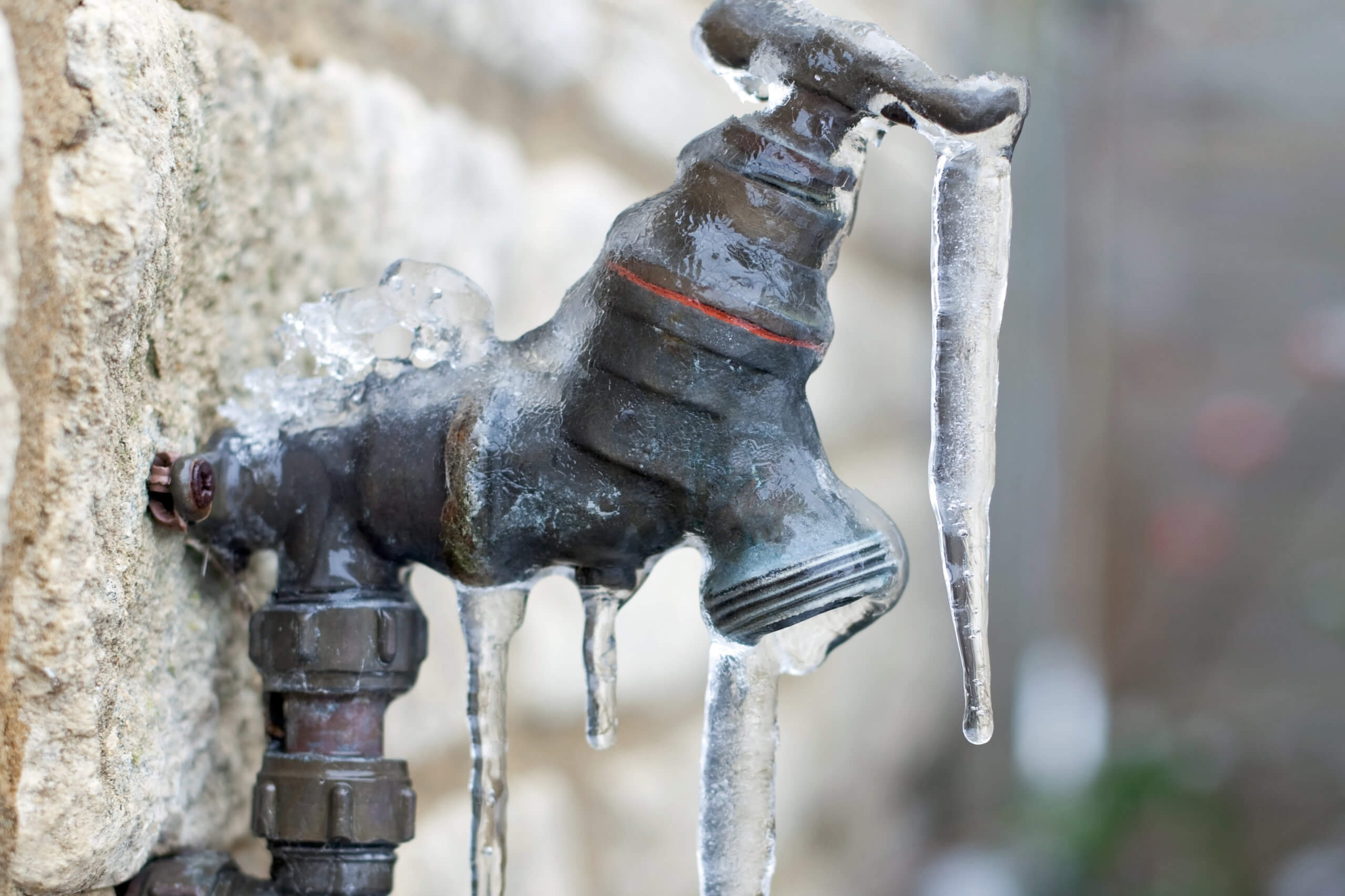Protecting Your Pipes from Cold Weather: Effective Strategies
Protecting Your Pipes from Cold Weather: Effective Strategies
Blog Article
The article listed below in relation to How to prepare your home plumbing for winter weather is highly captivating. Check it out for yourself and figure out what you think about it.

Winter can damage your pipes, especially by freezing pipes. Here's how to stop it from taking place and what to do if it does.
Intro
As temperatures drop, the threat of icy pipes rises, possibly causing costly repairs and water damages. Comprehending exactly how to prevent icy pipes is important for house owners in cold environments.
Prevention Tips
Insulating prone pipelines
Cover pipes in insulation sleeves or make use of heat tape to shield them from freezing temperature levels. Focus on pipelines in unheated or external areas of the home.
Heating methods
Maintain indoor areas effectively warmed, especially locations with pipes. Open cabinet doors to allow warm air to circulate around pipelines under sinks.
Exactly how to identify icy pipelines
Seek reduced water circulation from faucets, unusual odors or noises from pipelines, and visible frost on exposed pipelines.
Long-Term Solutions
Architectural modifications
Take into consideration rerouting pipes far from exterior wall surfaces or unheated areas. Include extra insulation to attics, basements, and crawl spaces.
Updating insulation
Purchase premium insulation for pipes, attics, and wall surfaces. Appropriate insulation helps preserve consistent temperatures and reduces the danger of icy pipes.
Shielding Exterior Pipes
Yard pipes and outdoor taps
Detach and drain pipes yard tubes before wintertime. Set up frost-proof faucets or cover outdoor taps with insulated caps.
Understanding Frozen Pipes
What causes pipes to freeze?
Pipelines ice up when subjected to temperatures below 32 ° F (0 ° C) for prolonged periods. As water inside the pipes ices up, it broadens, taxing the pipe walls and possibly creating them to burst.
Risks and damages
Frozen pipelines can bring about water supply disruptions, residential or commercial property damages, and pricey fixings. Ruptured pipelines can flood homes and trigger comprehensive structural damage.
Signs of Frozen Pipes
Recognizing frozen pipes early can stop them from rupturing.
What to Do If Your Pipes Freeze
Immediate actions to take
If you believe icy pipes, maintain taps open up to eliminate stress as the ice melts. Utilize a hairdryer or towels soaked in warm water to thaw pipes slowly.
Conclusion
Protecting against frozen pipes needs positive steps and fast actions. By recognizing the causes, indicators, and preventive measures, house owners can shield their pipes during winter.
5 Ways to Prevent Frozen Pipes
Drain Outdoor Faucets and Disconnect Hoses
First, close the shut-off valve that controls the flow of water in the pipe to your outdoor faucet. Then, head outside to disconnect and drain your hose and open the outdoor faucet to allow the water to completely drain out of the line. Turn off the faucet when done. Finally, head back to the shut-off valve and drain the remaining water inside the pipe into a bucket or container. Additionally, if you have a home irrigation system, you should consider hiring an expert to clear the system of water each year.
Insulate Pipes
One of the best and most cost-effective methods for preventing frozen water pipes is to wrap your pipes with insulation. This is especially important for areas in your home that aren’t exposed to heat, such as an attic. We suggest using foam sleeves, which can typically be found at your local hardware store.
Keep Heat Running at 65
Your pipes are located inside your walls, and the temperature there is much colder than the rest of the house. To prevent your pipes from freezing, The Insurance Information Institute suggests that you keep your home heated to at least 65 degrees, even when traveling. You may want to invest in smart devices that can keep an eye on the temperature in your home while you’re away.
Leave Water Dripping
Moving water — even a small trickle — can prevent ice from forming inside your pipes. When freezing temps are imminent, start a drip of water from all faucets that serve exposed pipes. Leaving a few faucets running will also help relieve pressure inside the pipes and help prevent a rupture if the water inside freezes.
Open Cupboard Doors
Warm your kitchen and bathroom pipes by opening cupboards and vanities. You should also leave your interior doors ajar to help warm air circulate evenly throughout your home.

We had been brought to that write-up about Preventing and dealing with frozen pipes from someone on our other web blog. Liked our blog posting? Please quickly share it. Let other people discover it. I thank you for your readership.
Make An Appointment Report this page